#1 [Micro/Nano-engineered Devices for Advanced Biosensing]
Invited Session Chair:
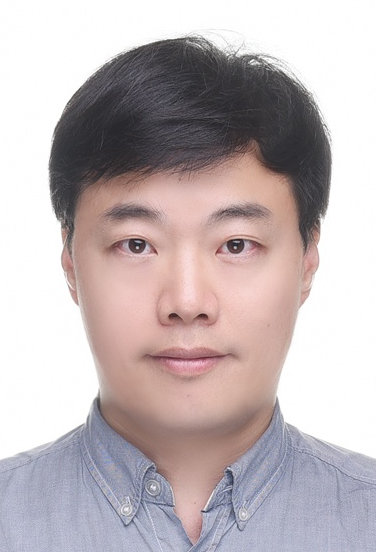
Inkyu PARK
Professor
Department of Mechanical Engineering, KAIST, Republic of Korea
[email protected]
The importance of biosensing is rapidly increasing in the era of internet of things (IoT), smart medicine, and ubiquitous healthcare technologies. In this context, this session focuses on the micro/nano-engineering enabled structures and devices for the advanced biosensing applications. The topic includes tissue engineering, neural probes, 2D nanomaterial based sensors, electrochemiluminescence sensors, SERS based biosensors, implantable glucose sensing, hydrogel biosensors, biodegradable electronics, etc.
Anisotropically Aligned 3D Collagen Scaffolds for Neural Tissue Engineering
Nakwon CHOI, Korea Institute of Science and Technology (KIST), Korea; [email protected]
abstract and CV
Miniaturized and Portable Electrochemiluminescence Biosening Platform with Laser-Induced Graphene based Electrodes, Sanket GOEL, Birla Institute of Technology and Science, Pilani- Hyderabad Campus, India; [email protected]
abstract and CV
Implantable SERS Device for Glucose Detection
Daejong Yang, Kongju National University, Republic of Korea; [email protected]
abstract and CV
Multifunctional Hydrogel Microparticles for Biomedical Sensing Applications, Hiroaki ONOE, Keio University, Japan; [email protected]
abstract and CV
Biodegradable Electronic Stimulator for Peripheral Nerve Regeneration
Jahyun Koo, Korea University, Seoul 02841, Republic of Korea; [email protected]
abstract and CV
#2[Technologies for Diagnostic and Therapeutic Applications]
Invited Session Chair:

Aaron Ohta
University of Hawaii at Manoa, USA,
[email protected]
This invited session covers topics related to the diagnosis and treatment of medical conditions using nano/microfabricated devices, surgical tools, and advanced imaging.
Manipulation, separation and characterization of biocolloids using chemical gradients, Sangwoo Shin, University of Hawaii at Manoa, USA; [email protected]
abstract and CV
Soft, Skin-Interfaced Microfluidic Systems for Clinical Diagnostics, Tyler Ray, University of Hawaii at Manoa, USA; [email protected]
abstract and CV
Towards an Ultrasound-Guided Needle Insertion System for Prostate Brachytherapy, Bardia Konh, University of Hawaii at Manoa, USA; [email protected]
abstract and CV
Iterative Neural Networks for Inverse Problems in Medical Imaging, Il Yong Chun, University of Hawaii at Manoa, USA; [email protected]
abstract and CV
Electrically Gated Nanoporous Membranes for Smart Molecular Flow Control, Sungho Kim1; Jeffrey Weldon2, 1University of Illinois at Urbana-Champaign, USA, 2University of Hawaii at Manoa, USA; [email protected], [email protected]
abstract and CV
#3[Micro/Nano Diagnostics and Therapeutics]
Invited Session Chair:
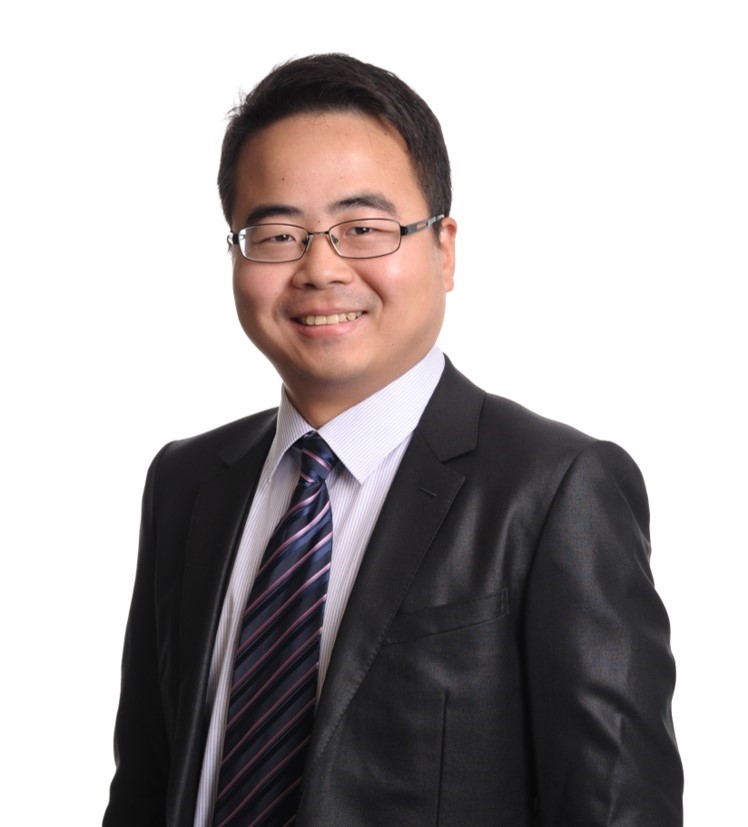
Yi Zhang
Nanyang Technological University
[email protected]
Micro and nanotechnologies play an essential role in disease diagnostics and therapeutics. Many novel micro/nano platforms and materials have greatly advanced our capability of detecting, containing and treating diseases, which leads to better clinical outcomes and more effective public health strategies. This session focuses on the latest development and findings at micro nano and molecular scale and their biomedical applications.
Harnessing Mechanics at Nano-bio Interface for Enhanced Delivery of Nanomedicine, Changjin Huang, Nanyang Technological University; [email protected]
abstract and CV
Direct Ink Writing (DIW) 3D Printing in Embedding Media, Michinao Hashimoto, Singapore University of Technology and Design; [email protected]
abstract and CV
Challenges of Integrated Low-Cost, Disposable Devices for Type 2 Diabetes Mellitus Patients based on Leukocyte studies, Chayakorn Petchakup; Hui Min Tay; Rinkoo Dalan; Han Wei Hou; Holden Li, Nanyang Technological University; [email protected]
abstract and CV
Nanostructured Surface for SERS Detection of Diseases, Tianxun Gong, University of Electronic Science and Technology of China; [email protected]
abstract and CV
Modular Magnetic Digital Microfluidic Platform with 3D-Printed LEGO-Like Building Blocks for On-Demand Bioanalysis, Yi Zhang, Nanyang Technological University; [email protected]
abstract and CV
#4 [Micro/Nano Devices for Biomedical Sensing and Actuation]
Invited Session Chair:

Ting-Hsuan Chen
City University of Hong Kong, Hong Kong SAR
[email protected]
Leveraging the micro/nanotechnology enables unprecedented accessibility for research in the small scale. In this invited session, we provide a venue for discussing an array of micro/nano devices with factors ranging from fluidic, optic, and nanomaterials for investigation of biomedical sensing and actuation, such as detection of biomarkers, cell-niche interaction, and biosensors. It is anticipated to bring inspiration propelling researches with new perspectives.
Comprehensive study of ion concentration polarization (ICP) in microfluidic channel for protein preconcentration, Yu-Jui Fan, Taipei Medical University; [email protected]
abstract and CV
Quantitative single-cell biology via intelligent Drop-Screen, Chia-Hung Chen, City University of Hong Kong, Hong Kong SAR; [email protected]
abstract and CV
Microfluidic culture platform combined with transcriptomic profiling reveals molecular signatures that promote 3D vascular network growth and maturation, Sin Yen Tan; Ziuwin Leung; Angela Ruohao Wu, Hong Kong University of Science and Technology; [email protected]
abstract and CV
Highly Swellable Microneedles to Rapidly Extract Skin Interstitial Fluid for for Timely Metabolic Analysis, Chenjie Xu, City University of Hong Kong, Hong Kong SAR; [email protected]
abstract and CV
Microfluidic Techniques for Isolation and Analysis of Floating Cells, Raymond H. W. Lam, City University of Hong Kong, Hong Kong SAR; [email protected]
abstract and CV
#5[Nanomaterials and Nanodevices for Healthcare Applications]
Invited Session Chair:
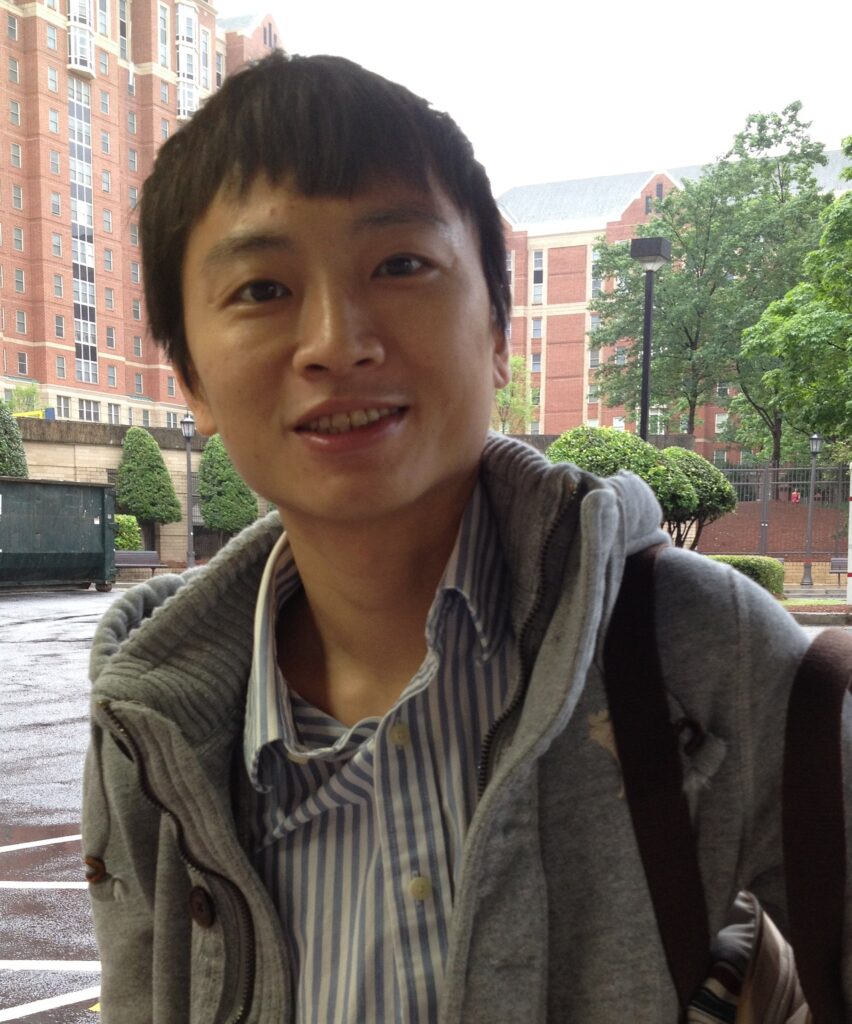
Zong-Hong Lin
Institute of Biomedical Engineering, Department of Power Mechanical Engineering, and Frontier Research Center on Fundamental and Applied Sciences of Matters, National Tsing Hua University, Taiwan
[email protected]
Nanomaterials and nanodevices with various advantages in comparison to conventional ones have triggered increasing research efforts from both industry and academia. Many intelligent or medical nanomaterials and nanodevices have shown their capabilities to continually analyze different activities and help to predict diseases before serious conditions happen. For examples, active/self-powered sensors with no external input power, are mini-sized and lightweight. The development of these smart nanomaterials and nanodevices have pushed their feasible applications in a wide range of fields. This session will attempt to cover the recent achievements of nanomaterials and nanodevices for healthcare applications, which include nanoisozymes, physical/chemical sensors, biosensors, microfluidics for medical & biological applications, and self-powered sensors/systems.
Surface understanding at atomic scale guides the rational design of CeO2 nanoisozymes for Biosensing, Yung-Kang Peng, Department of Chemistry, City University of Hong Kong, Hong Kong SAR; [email protected]
abstract and CV
Generation of microscale triboelectric signals for development of self-triggered sensors, Dongwhi Choi, Department of Mechanical Engineering, Kyung Hee University; [email protected]
abstract and CV
Design of wearable triboelectric nanogenerator for self-powered healthcare and biomedical sensing, Yannan Xie, Institute of Advanced Materials, Nanjing University of Posts and Telecommunications; [email protected]
abstract and CV
Flexible/wearable sensors based on triboelectric nanogenerators, Fang Yi, School of Materials Science and Engineering, Sun Yat-sen University; [email protected]
abstract and CV
Self-charging ingestible polysaccharide battery for controllable disinfection system, Tzu-En Lin, Institute of Biomedical Engineering, National Chiao Tung University; [email protected]
abstract and CV
#6 [Nanomaterials and Nanodevices for Biosensing Applications]
Invited Session Chair:

Jungmok Seo
Yonsei University, Korea
[email protected]
This session aims to provide leading scientists working in the field of nanomaterials and nanodevice technologies and their applications with a novel biosensing platform in which to share and discuss the latest research and to promote advancement of this exciting and rapidly changing field. We hope to encourage discovery across the discipline as we present in this session, as listed below:
Precise capture and dynamic relocation of nanoparticulate biomolecules through dielectrophoretic enhancement by vertical nanogap architectures, Yong-Sang Ryu, Korea Institute of Science and Technology, Korea; [email protected]
abstract and CV
Low-dimensional Nanomaterials for Chemical and Biological Sensing, Keng-Ku Liu, National Tsing Hua University, Taiwan; [email protected]
abstract and CV
Nanomaterial-modified hybrid platforms for highly efficient cancer spheroid formation and drug screening, Tae-Hyung Kim, Chung-Ang University, Korea; [email protected]
abstract and CV
Magnetic Tweezers: Measuring the Stickiness of Marine Extracellular Polymeric Substances, Chi-Shuo Chen, National Tsing Hua University, Taiwan; [email protected]
abstract and CV
Facile biofouling-free lubricant-skin coatings for biomedical implants and biosensors, Jungmok Seo, Yonsei University, Korea; [email protected]
abstract and CV
#7 [Micro/Nano Technology for Bio/Chemical Applications]
Invited Session Chair:

Chien-Fu Chen
National Taiwan University, Taiwan
[email protected]
Five outstanding researchers introduce the latest micro/nano technologies for bio/chemical applications
Development of diffusiophoretic methods for solid-state nanopore DNA sequencing, Wei-Lun Hsu, The University of Tokyo, Japan; [email protected]
abstract and CV
Single nanoparticle Impact electrochemistry for highly sensitive cancer protein detection in human serum, Yi-Ge Zhou, Hunan University, China; [email protected]
abstract and CV
A study on the therapeutic role of Chinese medicine on the corneal injury using a microfluidic eye-on-a-chip, Yau Kei Chan, The University of Hong Kong, China; [email protected]
abstract and CV
Multifunctional nanoparticle for cancer theranostics and drug delivery, Ren-Jei Chung, National Taipei University of Technology, Taiwan; [email protected]
abstract and CV
Dry adhesive tape bonding: a simple, low-cost, and high throughput bonding for multilayer and hybrid microdevice integration, Chia-Wen Tsao, National Central University, Taiwan; [email protected]
abstract and CV
#8[Micro/Nano Engineering for Bio- & Medical Applications]
Invited Session Chair:
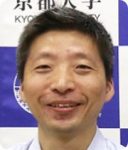
Yoshikazu HIRAI
Department of Micro Engineering, Kyoto University, Kyoto, JAPAN
[email protected]
Micro/Nano Engineering researchers interact across disciplines to enhance and strengthen the potential of their technologies in revolutionizing the fields of medicine and biological sciences. This session is organized six energetic researchers in Japan and highlights recent advances in the field of Micro/Nano technologies such as Nanomaterials, Sensors, and Integrated microfluidic platforms for precision medicine.
Microphysiological Systems Based on Microfluidics for Cell-Based Assays, Hiroshi Kimura, Department of Mechanical Engineering, Tokai University, Kanagawa JAPAN; [email protected]
abstract and CV
Surface-Enhanced Raman Spectroscopy Using Gold Nanoparticle Dimers Formed by DNA Origami as a Sacrificial Nanostructure, Naoki Yamashita, Department of Mechanical Engineering and Science, Kyoto University, Kyoto JAPAN; [email protected]
abstract and CV
Excitation Light Confinement in Nano-Slits for Single-Molecule Observation of the Interaction Between Kinesin and Nucleotide, Kazuya Fujimoto, Department of Micro Engineering, Kyoto University, Kyoto JAPAN; [email protected]
abstract and CV
Detection of Small Nucleic Acids Using Electrochemical Devices for Liquid Biopsy, Miyuki Tabata and Yuji Miyahara, Institute of Biomaterials and Bioengineering, Tokyo Medical and Dental University, Tokyo JAPAN; [email protected]
abstract and CV
Lab in Bento Box: Development of a Compact Automated Microfluidic Enzyme-Linked Immunosorbent Assay System, Yoshiaki Ukita, Department of Mechanical Engineering, University of Yamanashi, Yamanashi JAPAN; [email protected]
abstract and CV
Principles and Applications of Intelligent Image-Activated Cell Sorting 2.0, Akihiro Isozaki, Department of Chemistry, The University of Tokyo, Tokyo JAPAN; [email protected]
abstract and CV
#9[Advances in Soft Nano/Bio Materials for Bioengineering and Medicine]
Invited Session Chair:

Jin-Woo KIM
University of Arkansas, USA
This session will cover recent advances in developments and applications of novel soft nano/bio materials for bio/nano medicine and bioengineering.
Hybrid Donor-Acceptor Polymer Particles for Fluorescent Identification and Photothermal Treatment of Cancer, Nicole LEVI; Elizabeth GURYSH; Eleanor MCCABE-LANKFORD; Chris MACNEILL; Santu SARKAR, Wake Forest School of Medicine, USA; [email protected]
abstract and CV
Radionuclide Mediated Stimulation of Photodynamic Agents for Precision Phototherapy, Nalinikanth KOTAGIRI, University of Cincinnati, USA; [email protected]
abstract and CV
Engineering Outer Membrane Vesicles for Multivalent Vaccine Delivery, Yehou Michel Davy GNOPO, Cornell University, USA; [email protected]
abstract and CV
Tissue-Specific Bioinks for 3D Bioprinting of Cancers-on-Chips, Hee-Gyeong YI. Chonnam National University, Korea; [email protected]
abstract and CV
Textile based Wearable Polymer Solar Cells for Medical/healthcare Applications, Seok Ho CHO, Chonnam National University, Korea; [email protected]
abstract and CV
Plasma-assisted Multiscale Topographic Scaffolds for Soft and Hard Tissue Regeneration, Jangho KIM, Chonnam National University, Korea; [email protected]
abstract and CV
Nanocellulose as Nanoscale Building Blocks for Nano/Bio-Hybrid Soft Materials in Bio/Nano Medicine, Jin-Woo KIM, University of Arkansas, USA; [email protected]
abstract and CV
#10[Biosensing for Biomedical Applications]
Invited Session Chair:
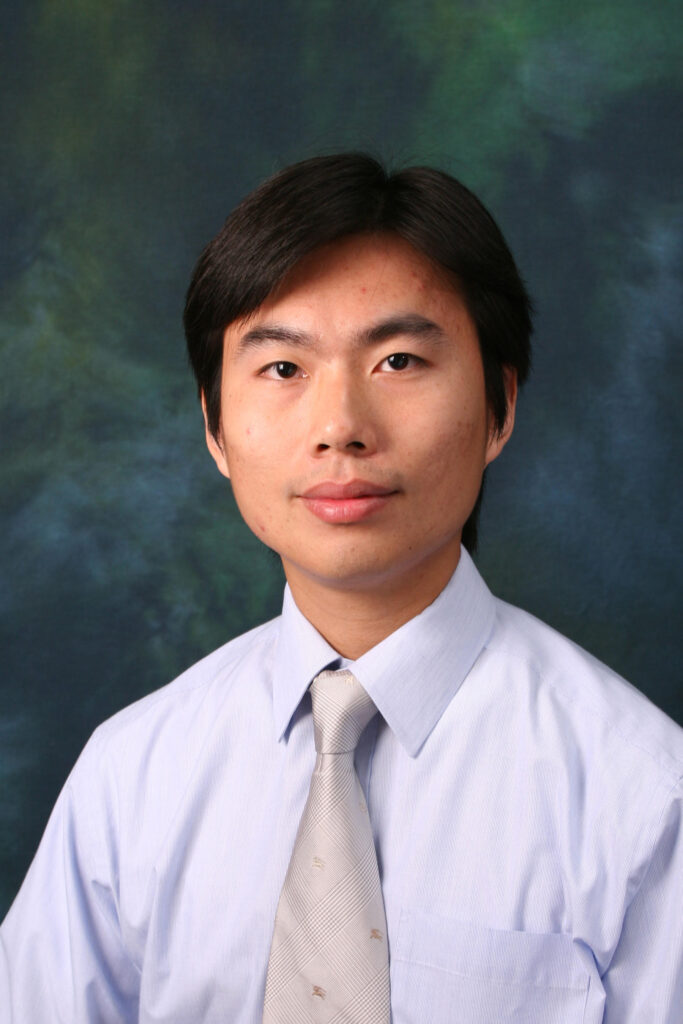
Thomas Kin Fong Lei,
Chang Gung University, Taiwan
[email protected]
This session recruited 5 leading scientists to present cutting-edge research on biosensing for biomedical applications. Based on the mature development of microfabrication and microfluidics technology, micro systems became a powerful tool for various clinical analysis in recent years. A lot of demonstrations related to biomedical applications have been reported because of their advantages associated with miniaturization, automation, sensitivity, and specificity.
Development of Janus Particles Enabled Rotational Diffusometry for Ultrasensitive Biosensing, Han-Sheng Chuang, Department of Biomedical Engineering, National Cheng Kung University, Taiwan; [email protected]
abstract and CV
A Near Infrared Dual-emitting/absorbing LRET Sensor for Homogeneous Detection of Avian-origin Viruses, Joonseok Lee, Korea Institute of Science and Technology, Korea; [email protected]
abstract and CV
Fiber-based Soft Mechanical Sensors for Wearable and Biomedical Applications, Jaehong Lee, Daegu Gyeongbuk Institute of Science and Technology, Korea; [email protected]
abstract and CV
Improving the Purity of Negative Selection-/immunomagnetic Microbeads-based Circulating Tumor Cells (CTCs) Isolation by Optically Induced Dielectrophoresis (ODEP)-based Microfluidic Device, Min-Hsien Wu and Po-Yu Chu, Chang Gung University, Taiwan; [email protected]
abstract and CV
Quantification of Three-dimensional Cancer Cell Responses, Kin Fong Lei, Chang Gung University, Taiwan; [email protected]
abstract and CV
#11 [Microfluidics, Analytical Chemistry, and Biosensing]
Invited Session Chair:
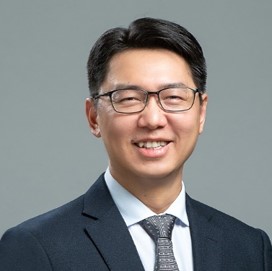
Prof. Pin-Chuan Chen
Department of Mechanical Engineering,
National Taiwan University of Science and Technology, Taipei, Taiwan
[email protected]
This session is a multidisciplinary and applications-oriented, which presents the results of original research or development across all of microfluidics fields of interest, particularly in the fields of analytical chemistry or biochemistry.
Manufacturing Microlens Array (MLAs) by Using Micromachining and Expandable Elastomer, Prof. Pin-Chuan Chen, Department of Mechanical Engineering, National Taiwan University of Science and Technology, Taipei, Taiwan; [email protected]
abstract and CV
Thermosensitive nanovesicle for direct trap and release of drugs couple to LC-PDA and nano LC-MS, Prof. Pai-Shan Chen, Graduate Institute of Toxicology, National Taiwan University; [email protected]
abstract and CV
Development of Printed-Circuit-Board Based Industry-Compatible Point-of-Care Biosensing and Bioprocessing Technology with Applications, Prof. Hsiu-Yang Tseng, Department of Mechanical Engineering, National Taiwan University of Science and Technology, Taipei, Taiwan; [email protected]
abstract and CV
Interfacial Growth of Mesoporous Materials for Biomarker Sensing, Prof. Yi-Hsin Liu, Department of Chemistry, National Taiwan Normal University; [email protected]
abstract and CV
Volumetric Visualization of Acoustic Streaming by Digital Inline Holographic Microscopic Particle Tracking Velocimetry, Prof. Wei-Hsin Tien, Department of Mechanical Engineering, National Taiwan University of Science and Technology, Taipei, Taiwan; [email protected]
abstract and CV